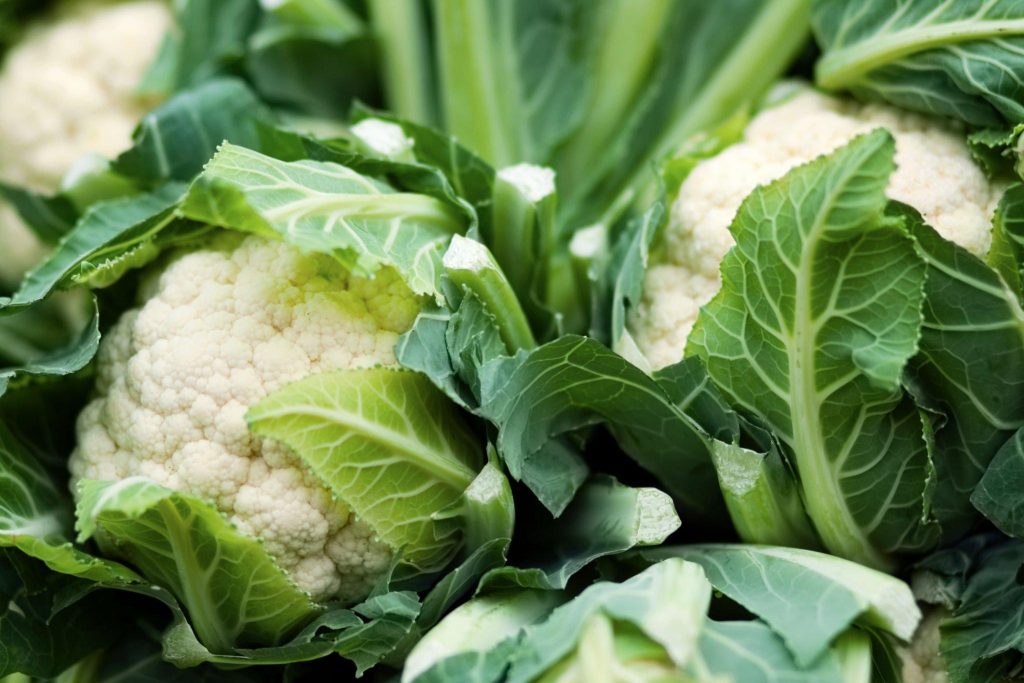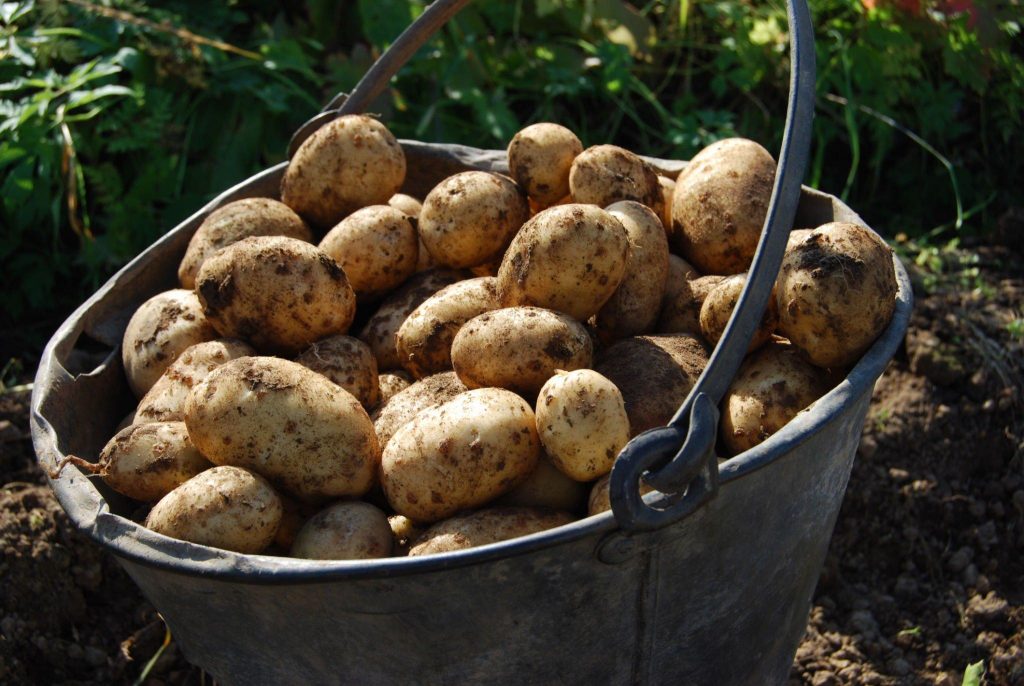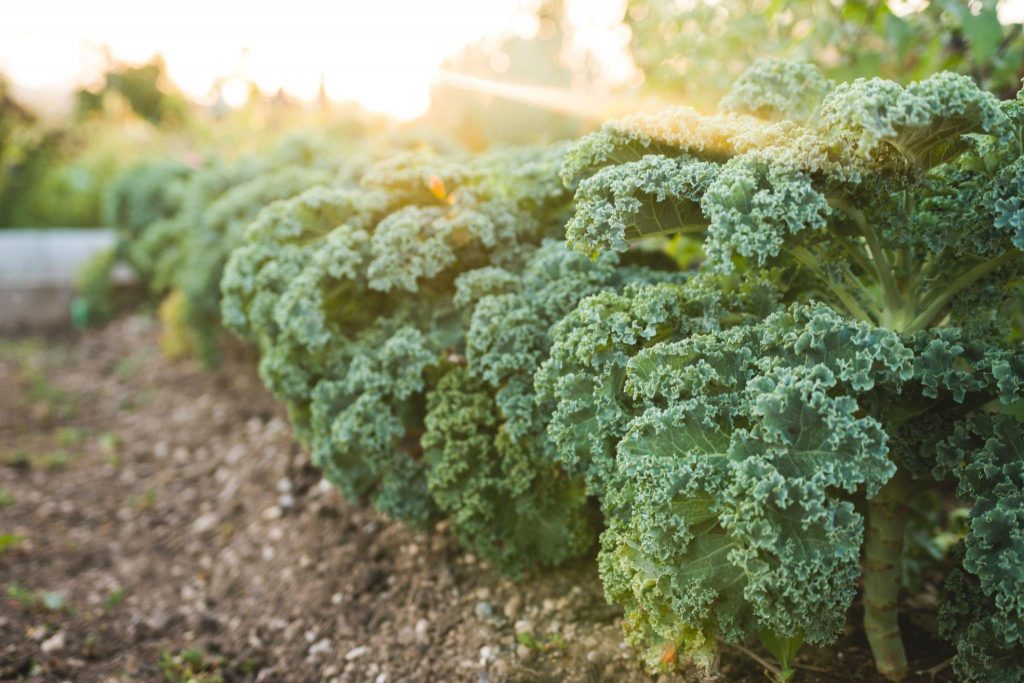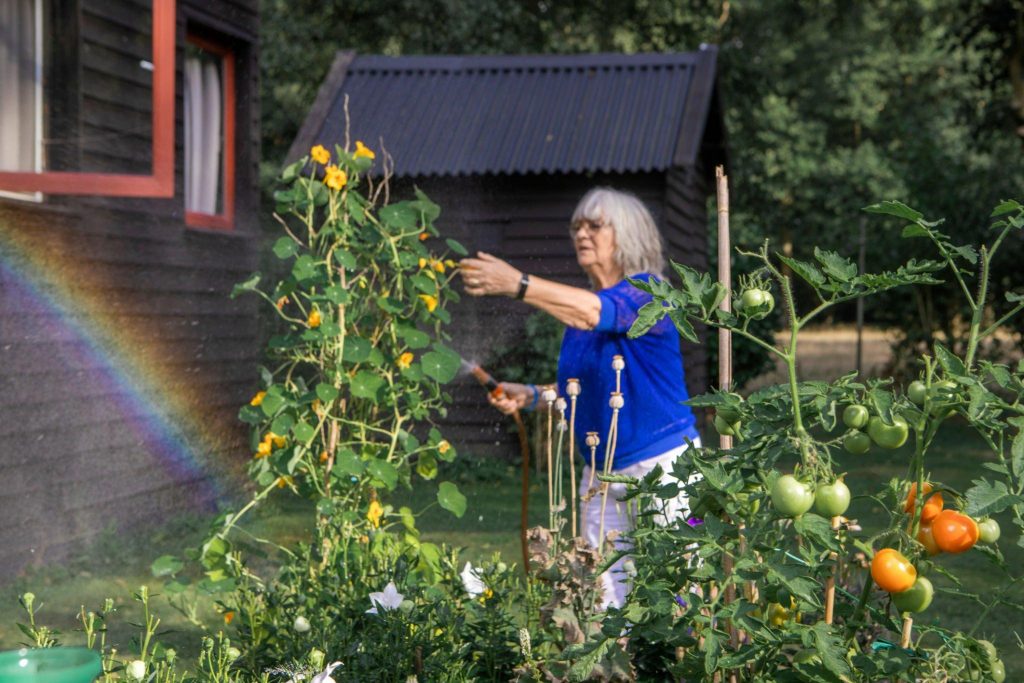Do tomato plants really have “sworn enemies,” or is this an over-exaggeration? Companion planting is partially rooted in science but partially in myth, as well. There is some truth to it, but there’s also a lot of misinformation about what you should and shouldn’t grow alongside tomatoes.
Some plants should never be grown near your tomatoes, as they can stunt their growth or even attract pests that can damage your tomato harvest or render it inedible.
This blog post lists thirteen of the worst tomato companions. Avoid growing these plants near tomatoes. Keep this list in mind when planning your garden for next year.
Introducing the worst tomato companions
While it isn’t true that certain plants “dislike” each other, there are some plants that make bad neighbours. The most common reasons why you shouldn’t plant some plants next to tomatoes are:
- They attract pests that feed on tomato plants or fruits.
- The plant is prone to the same diseases as tomatoes, increasing the risk of those diseases spreading quickly in your garden.
- It affects the soil in a way that negatively affects the tomato plants.
- The plant is a heavy feeder and competes for nutrients with tomato plants, which are also heavy feeders.
The list of plants below includes the worst tomato companions and should never be planted alongside tomatoes, if possible.
1. Brussels sprouts

Brussel sprouts are best far away from tomatoes. As a member of the brassica family, Brussel sprouts need large quantities of water and are heavy feeders. Because of this, they will compete with any neighbouring tomato plants.
Competition between heavy feeders in the garden leads to one or both plants failing to thrive. This problem is only remedied by planting them far away from each other.
Brassicas and tomatoes won’t cause issues next to each other in growing trays if you’re starting from seed, but once you plant them outdoors, put as much space between them as possible.
2. Corn

Corn is one of the worst tomato companions on this list because they play host to a particularly nasty worm that enjoys feeding on tomato fruits.
The corn ear worm (also known as tomato fruit worm or cotton boll worm) is probably the worst possible tomato pest you can end up with.
You might be thinking, “Wait, what about the tomato horn worm? I thought those guys were the worst pests for tomatoes”.
Unlike the tomato horn worm, the corn ear worm actively seeks out tomato fruits. The ear worms burrow into your tomatoes, devouring them from the inside out. Corn ear worms can quickly take over beautifully ripening tomatoes and render the harvest inedible.
On the other hand, tomato horn worms will munch on leaves and vegetative growth before moving onto the fruits, allowing some time for you to discover them and pick them off your plants before irreversible damage is done.
This is why you should avoid planting corn next to tomatoes. When corn and tomatoes are side-by-side, it makes for the perfect place for corn ear worm moths to lay their eggs (up to 1000 at a time) which generally hatch within a few days. Corn ear worms are also pests to beans, cotton, tobacco, and alfalfa crops.
3. Fennel

According to most gardeners, fennel is a plant best left to its own devices. It doesn’t seem to play well with many garden vegetables, including tomatoes.
Fennel is a bad companion plant because it’s allelopathic, which means it can suppress growth in other plants. It secretes a substance from its roots that has this suppressive effect, making it a lousy companion plant for tomatoes and anything else you’re growing.
Fennel is great for pollinators and has many health benefits – you should grow it in your garden if you have the space! Just be sure to plant it away from your main garden area for the best results.
4. Cabbage

Cabbages take up a ton of space in the garden, making them non-ideal for planting with tomatoes. On top of this, they’re also in the brassica family, so they’re heavy feeders and will compete with tomatoes for nutrients.
Adding cabbages and tomatoes to the same garden bed will deplete that bed of nutrients rather quickly and result in a poor harvest from both plants.
5. Dill

It’s been shown that dill and tomatoes do well next to each other when they’re young since dill plants can repel aphids. Still, it’s best to avoid planting dill near tomatoes because once the dill matures, it can hinder the growth of your tomato plants.
Dill is allelopathic once mature and may attract tomato horn worms, which makes it less than ideal for planting near tomatoes. There are much better tomato companion plant options out there than dill.
You can use dill as a trap crop for horn worms by placing it in a separate garden area. Just make sure to plant a lot of it so you can gather a harvest for yourself, too!
6. Cauliflower

Cauliflower has the same story as cabbage and Brussel sprouts when it comes to planting it next to tomatoes. It needs lots of nutrients and will steal them from tomato plants if planted together.
Cauliflower, like cabbages, are large plants and don’t offer much room for companion plants of any sort. It grows well by itself and next to beans, celery, onions, and Swiss chard.
7. Broccoli

You probably wouldn’t want to plant broccoli and tomatoes together. Broccoli is a brassica and a heavy feeder, so it would take vital nutrients away from the tomatoes, causing them to become stunted or even die.
Good companion plants for broccoli include marigolds, onions, and sage. Broccoli also grows well on its own in the garden.
8. Walnut trees

Walnut trees produce a chemical called juglone, which is toxic to many plants, including tomatoes. When juglone comes into contact with the roots of other plants, it can cause wilting, yellowing, and eventually death.
Juglone is found in high concentrations in walnut trees’ leaves, stems, and nuts but can also leach into the soil. As a result, planting tomatoes (or any other susceptible plant) too close to a walnut tree can be disastrous. Additionally, mulching with walnut leaves or branches can contaminate the soil and should be avoided.
While walnuts and tomatoes don’t make for good neighbours, plenty of other plants will thrive in the presence of juglone.
9. Potatoes

It’s widely accepted that you shouldn’t plant potatoes and tomatoes together. The reasoning goes that these two plants are susceptible to the same diseases, particularly early and late blight. So growing them side-by-side can increase the chances of infection.
There isn’t a lot of evidence to support this claim. Potatoes and tomatoes are often grown together on commercial farms with no ill effects. Interestingly, tomatoes and potatoes can be grafted together, resulting in a Pomato plant producing both tomatoes and potatoes.
Potatoes and tomatoes are in the same family (Solanaceae), including eggplants and peppers. This family of plants is indeed susceptible to some diseases. However, you can easily control them with modern pesticides and fungicides.
Moreover, potatoes and tomatoes grow at different times of the year, so they are rarely exposed to the same pests or pathogens. So go ahead and experiment with this one. Or, opt to plant potatoes and tomatoes separately to avoid potential issues with blight.
10. Eggplants

Eggplants, like potatoes and tomatoes, are in the Solanaceae family. This means they are susceptible to the same diseases as potatoes and tomatoes. Common conditions affecting eggplants and tomatoes include early blight, late blight, septoria leaf spot, and anthracnose.
- Early blight is caused by a fungus that attacks the leaves and fruit of plants, causing them to turn brown and develop dark spots.
- Late blight, another fungal disease, is particularly damaging to tomatoes as it can cause the fruit to rot.
- Septoria leaf spot is a bacterial disease that causes small brown spots on the leaves, eventually leading to leaf drop.
- Anthracnose is a fungal disease that can cause raised bumps or dark sunken lesions on the fruit of affected plants.
While these diseases can devastate eggplants and tomatoes, there are many ways to prevent or control them. Regular inspection of plants, prompt removal of diseased leaves or fruit, and proper water and fertiliser management are all crucial steps in disease prevention.
Still, it’s not recommended to utilise eggplants as a companion for tomatoes. Instead, try planting eggplants with beans, borage, calendula, catnip, chamomile, marigolds, nasturtiums, onions, parsley, and radishes.
11. Cucumbers

Cucumbers can sometimes show up on lists of recommended companion plants for tomatoes. But they aren’t the best choice for tomato companion plants for a straightforward reason: Tomatoes and cucumbers are both extremely prone to some of the same diseases.
Cucumbers and tomatoes are frequently afflicted with mosaic virus and Phytophthora blight, both of which can wipe out your crop. And both of these diseases can travel quickly between plants, so separating cucumbers and tomatoes in your garden is never a bad idea.
Mosaic virus
Mosaic virus is a virus that affects tomato and cucumber plants. The virus causes the plant leaves to turn yellow or mottled green. The fruit can also be affected, often becoming misshapen and covered in brown spots.
Mosaic virus spreads through infected gardening tools and aphids, which are small, sap-sucking insects. When an aphid feeds on a plant infected with mosaic virus, it spreads the virus to other plants it feeds on. As a result, mosaic virus can cause significant damage to tomato and cucumber plants, often leading to crop loss.
Phytophthora blight
The mold Phytophthora capsici is what creates phytophthora blight. If you notice a plant that looks as though it has been dusted with powdered sugar, this is actually made up of millions of lemon-shaped spores. These then release smaller swimming spores into any water nearby.
It causes fruit rot, wilting, and eventual plant death and is commonly found in lower areas of your garden prone to water pooling.
Some gardeners have good luck planting tomatoes and cucumbers together. If that’s you, keep doing what you’re doing. If you’re newer to gardening, separate these two plants to stay on the safe side.
12. Kale

Kale is another brassica-family plant best grown reasonably far away from tomatoes. Like other brassica plants, kale is a heavy feeder and will compete with tomatoes for nutrients.
Finding another tomato companion plant that won’t compete so fiercely for nutrients and space is best.
13. Kohlrabi

Kohlrabi is another brassica, so you know the drill. It will compete with tomatoes and result in a bad harvest for one or both plants.
Brassicas aren’t a plant to mess around with in terms of companion planting, because they tend to produce less edible food than some of the other plants in your garden. Beans and tomatoes, for example, can give you multiple abundant harvests. On the other hand, Kohlrabi and cabbage only produce a singular vegetable.
Experimenting in the garden is fun, valid, and even necessary. How else will we begin to gather new data about how to grow plants efficiently? But when it comes to planting brassicas near tomatoes, it’s a no-go.
What is companion planting?

Companion planting involves growing different plants together to improve their growth, health, or yield. The basic idea is that certain plants can help to support or protect other plants and that by growing them together, gardeners can create a more diverse and productive ecosystem.
While companion planting has been practised for centuries, it is only recently that scientists have begun to study its effectiveness. Some studies have shown that certain combinations of plants can indeed improve growth and yield, while others have found little evidence to support the claims of companion planting.
Nevertheless, the practice remains popular among gardeners, who often continue to follow it based on personal experience or anecdotal evidence. Whether or not to follow companion planting to a T is a decision that each gardener must make for themselves, but there is no doubt that it can be a helpful tool in the quest for a thriving garden.
So, what should you plant near tomatoes?

So far, we’ve talked about the worst companion plants for tomatoes and why each is a non-ideal tomato neighbour.
Since we’re solution-oriented here, below is a list of excellent companion plant options for your tomatoes. For more information, read our full article on the best companion plants for tomatoes.
- Marigolds;
- Basil;
- Oregano;
- Peppers;
- Lettuce;
- Spinach;
- Parsley;
- Alyssum;
- Asparagus;
- Chives;
- Mint;
- Bush beans;
- Borage;
- Calendula;
- Amaranth;
- Garlic;
- Carrots;
- Nasturtiums;
- Lemon balm.
FAQs about bad companion plants for tomatoes
What should you not plant near tomatoes?
Cabbage, corn, kale, cauliflower, broccoli, fennel, walnut trees, eggplants, potatoes, cucumbers, dill, Brussel sprouts, and kohlrabi can be considered bad companion plants for tomatoes.
What grows best next to tomatoes?
Calendula, marigolds, bush beans, lettuce, and peppers are some of the many ideal companion plants for tomatoes.
What to plant with tomatoes to keep bugs away?
Basil, oregano, garlic, marigolds, and nasturtiums are some of the best companion plants for tomatoes to deter pests.
What are the best herbs to plant with tomatoes?
Basil, oregano, peppermint, lemon balm, and chives are some of the best herbs to plant with your tomatoes.
What kind of marigolds to plant with tomatoes?
French marigolds (Tagetes patula) are a great type of marigold to plant with tomatoes. Signet marigolds are the most efficient at attracting beneficial insects, so those are also a good choice.
Conclusion
That’s a lot of what you need to know when trying to avoid companion planting mistakes with tomatoes! These plants can stunt the growth of your tomato plants or, worse, kill them. To recap, here is the list of plants to think twice about before planting next to your tomatoes:
- Cabbage;
- Corn;
- Kale;
- Cauliflower;
- Broccoli;
- Fennel;
- Walnut trees;
- Eggplants;
- Potatoes;
- Cucumbers;
- Dill;
- Kohlrabi;
- Brussel sprouts.
As always, it’s a good idea to do your own research into each of these suggestions, and don’t be afraid of experimenting in the garden.
Suppose you don’t have time for experimentation and you’re looking to reduce mistakes as a beginner or intermediate gardener. In that case, this list will help you avoid bad companion planting pairings for your tomatoes.
